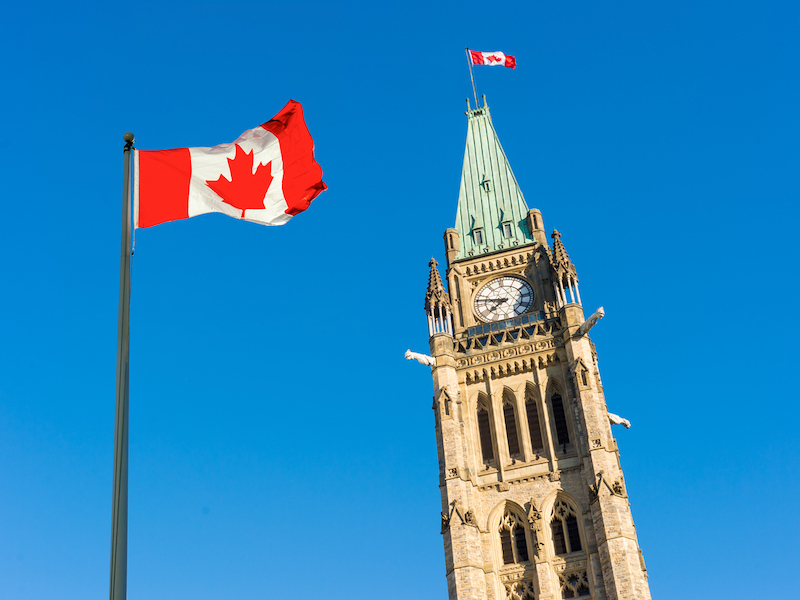
An election that changed little in terms of how Canadians are governed won’t have much impact on bond markets, either, according to economists, as monetary policy is likely to follow a path toward tightening in mid-2022.
“Some degree of fiscal activism has likely already been priced into Canadian sovereign bonds given the similarity of party platforms,” wrote Rebekah Young, director of fiscal and provincial economics with Scotiabank Economics, in a research note on Tuesday.
In a “search-for-yield environment” where about US$17 trillion in sovereign bonds are trading in negative territory, Canadian spreads have remained tight and are still attractive with their positive yields, she said.
The Liberal platform targets smaller deficits and lower financing needs starting in 2022–23, wrote Warren Lovely, managing director and head of strategy with National Bank Financial, in a report on Tuesday. Securing NDP support may lead to extra spending, but he still expects the federal government to move away from “peak issuance.”
“Bond supply and [Bank of Canada quantitative easing] may not be explicitly choreographed/co-ordinated, but it’s worth noting that net supply should be easing up not too long after the BoC enters the reinvestment phase for its bond purchase program,” Lovely said.
He expects the central bank to continue tapering its bond purchases this year, with a rate hike coming in the second half of 2022, an outlook shared by Young and Bank of Montreal chief economist Douglas Porter.
In a research note on Tuesday, Porter said the outlook for economic growth and budget deficits are basically unchanged after Monday’s election.
“The extra spending does not move the needle on our growth forecasts, but it does suggest that the pressure will remain firm on the inflation front — that’s because the constraint on the economy is on the supply side, and not the demand front,” Porter said.
Lovely noted that the economy is already dealing with Canadians’ excess pandemic savings, a tight housing market and potential labour shortages. Additional government spending could add to inflationary pressure, he said.
Young said consumer prices should stabilize in the mid-to-high 3% range by the end of the year. “[But] any surprise otherwise, coupled with additional fiscal spending, would likely force a harder look by the Bank of Canada on its pace of tightening,” she wrote.
Porter also pointed to the possibility of higher taxes from this new minority government. While the Liberals promised to raise corporate income taxes on banks and insurance companies, the NDP called for higher taxes on top earners and corporations, and an increase to the capital gains inclusion rate.
“It appears that these are areas that the Liberals potentially may be willing to go in order to garner support,” Porter wrote. “In fact, it’s notable that tax changes are an area where the Liberals and NDP see plenty of overlap, and one could argue that the risk of tax increases is higher in this minority mandate that it was in the last.”